14th International Conference on Information Integration
and Web-based Applications & Services
iiWAS 2012
3-5 December 2012, Bali, Indonesia
Keynote & Plenary Talks
- Evolution of Data Management Systems: From Uni-processor to Large-scale Distributed Systems (iiWAS2012) → here
- Information Security in Scale Free Networks (iiWAS2012) → here
- Industrial Presentation: Innovations in modeling Web Applications (iiWAS2012) → here
- Is Security an Afterthought when Designing Apps? (iiWAS2012) → here
- 10 years Mobile Multimedia: From Motorola RAZR to iPhone 5 (MoMM2012) → here
- The human side of video streaming services (MoMM2012) → here
Evolution of Data Management Systems: From Uni-processor to Large-scale Distributed Systems
|
Prof. Abdelkader Hameurlain Pyramid Team Institut de Recherche en Informatique de Toulouse IRIT Paul Sabatier University 118, Route de Narbonne, 31062 Toulouse Cedex, France Phone: 33 (0) 5 61 55 82 48, Fax: 33 (0) 5 61 55 62 58 Email: hameur_AT_irit.fr URL: http://www.irit.fr/-Equipe-PYRAMIDE- |
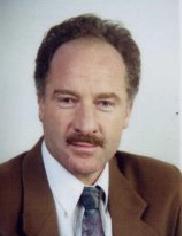
|
Abstract:
The purpose of this talk is to provide a comprehensive state of the art concerning the evolution of data management systems from uni-processor systems to large scale distributed systems. We focus our study on the query processing and optimization methods. For each environment, we recall their motivations and point out main characteristics of proposed methods, especially, the nature of decision-making (centralized or decentralized control for high level of scalability), adaptive level (intra-operator and/or inter-operator), impact of parallelism (partitioned and pipelined parallelism) and dynamicity (e.g. elasticity) of execution models.
Key words: Data Management, Query Processing and Optimization, Relational Database Systems, Parallel and Distributed Database Systems, Data Integration Systems, Large Scale, Heterogeneity, Autonomy, Dynamicity, Data Grid Systems, P2P Systems, Mobile Agents.
Biography
Abdelkader Hameurlain is full professor in Computer Science at Paul Sabatier University, Toulouse, France. He is a member of the Institute of Research in Computer Science of Toulouse (IRIT). His current research interests are in query processing and optimization in parallel and large scale distributed environments, mobile databases, and database performance. Prof. Hameurlain has been the general chair of the International Conference on Database and Expert Systems Applications (DEXA'02 and DEXA'2011). He is co-editor in Chief of the International Journal "Transactions on Large-Scale Data- and Knowledge-Centered Systems" (LNCS, Springer). He was guest editor of two special issues of "International Journal of Computer Systems Science and Engineering on "Mobile Databases" and "Data Management in Grid and P2P Systems".
Information Security in Scale Free Networks
|
Prof. Dr. Mohamed Ridza Wahiddin Department of Computer Science Faculty of Information and Communication Technology International Islamic University Malaysia (IIUM) PO Box 10, 50728 Kuala Lumpur, Malaysia Biography (click here) |
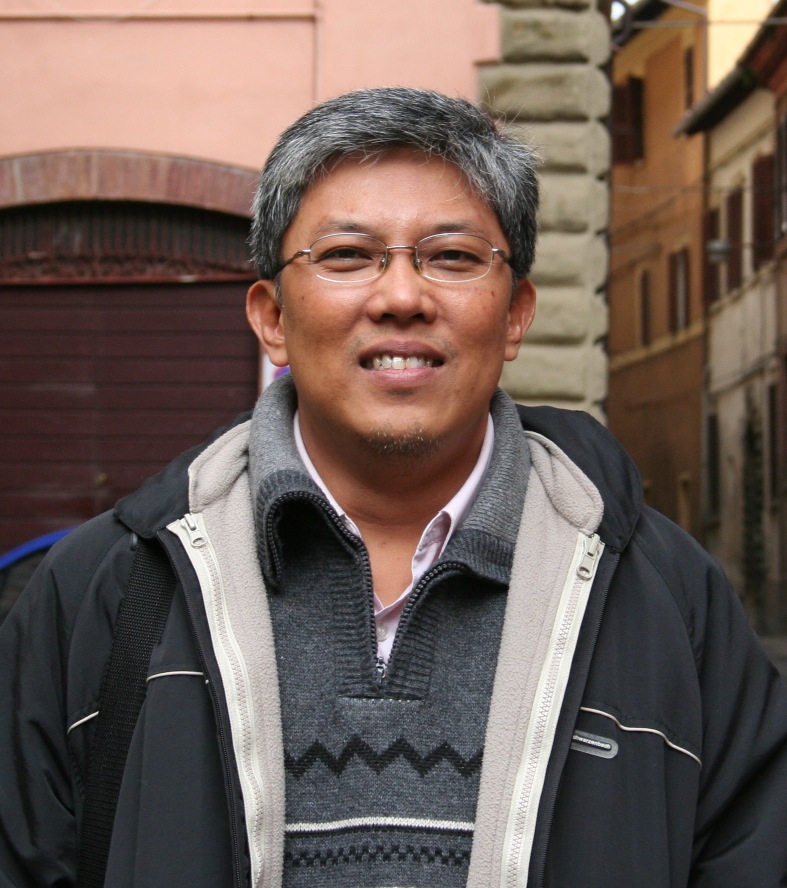
|
Abstract
We address issues surrounding information security in scale free networks. This type of networks obey power law distribution instead of Poisson distribution, and hence a departure from randomness. There exist phase transitions between disorder and order, and consequently leading to self-organisation. The availability of vast amounts of data today is driving the importance of scale free networks to map the inner workings of many complex systems from social media to cell biology. We explain how the various benefits and shortcomings of scale free networks affect information security.
Biography
Professor Dr. Mohamed Ridza bin Wahiddin obtained his BSc (Hon), MSc and PhD degrees from UMIST, U.K. in physics. Upon completion of his PhD he returned to Malaysia in August 1989 and took up a lecturer position at the University of Malaya. On 1st June 2001 Dr. Mohamed Ridza join the new Faculty of Science at the International Islamic University Malaysia (IIUM), Gombak. He was the Deputy Dean (Academic Affairs) of the Faculty of Science for the period 1 July 2002 - 30 June 2004, and also the Deputy Dean (Academic Affairs) at the Centre of Postgraduate Studies for the period 1 July 2004 – 30 June 2005. On the 10th December 2004 UMIST awarded him the higher doctorate degree of Doctor of Science (DSc) for his contributions to the advancement of knowledge in the field of Quantum Optics. He sits in the IIUM Senate since 2004. He was on secondment and the Research Senior Director for Information Security at MIMOS BERHAD, a Malaysian government research institute focusing on ICT and microelectronics for the period 1 July 2005 – 30 June 2011. He is MIMOS Best Innovator for 2007 and recipient of MIMOS Innovator Award (2011) in conjunction with MIMOS 25th Anniversary. Dr. Ridza has has eighteen (18) patents on filing, has co-authored three scientific books published by the IIUM Research Centre and is also an editor of Applied Mathematics and Information Sciences journal (ISI indexed). He is an Honoree of the 2009 Asia Pacific Information Security Leadership Achievement from (ISC)2 - Senior IT Security Professional Category. He is also the recipient of the Cyber Security Malaysia Awards 2010:(i) Information Security Visionary of the Year (CXO of the Year) and (ii) MOSTI Deputy Minister’s Award.
Industrial Presentation: Innovations in modeling Web Applications
|
Dr. Kerstin Altmanninger 4040 Linz, Austria Email: kerstin_AT_altmanninger.net |
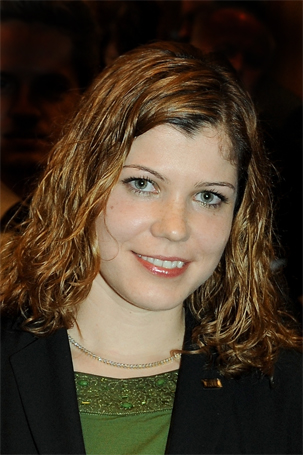
|
Abstract
As the complexity of web applications grows and new requirements are imposed, the investigations on model-driven web application development increase. Modeling techniques can be utilized in many aspects for modeling web applications. For example, to model the structure, presentation, or behavior of a web application. However, two main directions in web application modeling can be identified. Firstly, there are technical approaches that facilitate the modeling of all aspects of a web application (e.g., WebRatio). Secondly, there are technical approaches that have evolved from frameworks using the Domain-Driven Design paradigm (e.g., TYPO3 Extension Builder). The latter, opposed, are mainly used to model a smaller domain of a website. In this talk, I will give an insight on new ideas and best practices of existing modeling approaches utilized for website deployment.
Biography
Kerstin Altmanninger was working as a research and teaching assistant at the Department of Telecooperation at the Johannes Kepler University Linz, Austria from 2006 till 2011. She holds a master and phd degree in Computer Science. Her master thesis focused on web accessibility and barrier-free web applciations. The topic of her phd thesis was 'Models in Conflict - Configurabel and Semantically Enhanced Conflict Detection in Model Versioning'. Hence, Kerstin's research interests focus on the area of model-driven engineering and web applications in general, and model-driven web applications and model transformations in particular. In this context she published a series of papers (cf. FoDok).
Is Security an Afterthought when Designing Apps?
|
Prof. Edgar Weippl SBA Research & Vienna University of Technology Austria Email: eweippl (at) sba-research.org URL: www.ifs.tuwien.ac.at/~weippl |

|
Abstract
Mobile applications only become really useful if combined with cloud-based services.
We have observed that the increasingly short time to market may cause serious design flaws in the security architecture.
In this talk I will highlight some flaws discovered in the past.
For example, we looked at nine popular mobile messaging and VoIP applications and evaluated their security models with a focus on
authentication mechanisms. We find that a majority of the examined applications use the user's phone number as a unique token to identify
accounts; they contain vulnerabilities allowing attackers to hijack accounts, spoof sender-IDs or enumerate subscribers. Other examples
pertain to (already fixed) problems in cloud-based storage services such as Dropbox.
Biography
After graduating with a Ph.D. from the Vienna University of Technology, Edgar worked for two years in a research startup. He then spent one year teaching as an assistant professor at Beloit College, WI. From 2002 to 2004, while with the software vendor, he worked as a consultant in New York, NY and Albany, NY, and in Frankfurt, Germany. In 2004 he joined the Vienna University of Technology and founded together with A Min Tjoa and Markus Klemen the research center SBA Research. Edgar R. Weippl (CISSP, CISA, CISM, CRISC, CSSLP, CMC) is member of the editorial board of Computers & Security (COSE) and he organizes the ARES conference.
10 years Mobile Multimedia: From Motorola RAZR to iPhone 5
|
Univ. Prof. Mag. Dr. Gabriele Kotsis Department of Telekooperation Johannes Kepler University Linz Altenberger Strasse 69, 4040 Linz, Austria Email: gabriele.kotsis_AT_jku.ac.at Website: http://www.tk.uni-linz.ac.at |
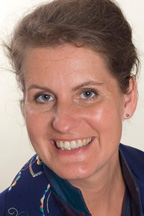
|
Abstract:
The Motorola RAZR was first developed in July 2003 and released to the market in 2004 exactly around the same time MoMM conference series was launched by Johannes Kepler University Linz. The introduction of the Motorola RAZR became the most iconic device to be the epitome of the smart phone Era. With its slim form factor and sleek appearance which drove a big demand around the world, selling over 100 million units, to become the second-best-selling mobile phone of all time.
The same happened when Steve Jobs announced the release of the first iPhone in June, 2007. In less than four months after its release, sales of the iPhone surpassed the 2 million figure making it the bestselling mobile device in the world. There are almost 10 years between Motorola RAZR and the most recent sixth-generation iPhone 5 which was released on September 21, 2012.
Tracing the way back from Motorola RAZR to iPhone5, we see technological advances in hardware and software. Phones become slimmer, lighter, are equipped with higher-resolution, wider screens, more powerful processors and offer support for NGN. But we also observe solutions to the problems that were facing the mobile ecosystem, from how people interact with their phones, to where they buy them, to what type of applications they install and are willing to pay money for, to the level of technology standards they can support on resource-constrained devices.
In less than 4 years, iPhone became, as economists love to call it, a "market definer" in the sense that it sets the bar for what users expect a mobile phone to be: not just a device that can make phone calls nor a miniature computer but a new medium capable of offering users new and exciting ways to interact with each other, understand and comprehend information, live, work, learn, do business, etc., while leveraging location, time, and context to augment people's lives with greater meaning.
In this talk, we are going to reflect on the evolution of mobile multimedia as a tool that represent the evolution of the mobile phones from a communication medium, to information medium up to a cooperation medium used in many application domains. We will specifically address the research issues that were reflected in our experience organizing MoMM series of conferences in the last ten years from technical, organizational and social points of views which are shaping the "future" which we are living today.
Biography
Gabriele Kotsis was born on October 29th, 1967, in Vienna, Austria. She received her masters degree (1991, honored with the Award of the Austrian Computer Society), her PhD (1995, honored with the Heinz-Zemanek Preis) and the venia docendi in computer science (2000) from the University of Vienna. She was working as a researcher and teacher at the University of Vienna (1991-2001), at the Vienna University for Economics and Business Administration (2001) and at the Copenhagen Business School (2002). Since December 2002 she is holding a full professor position at the Telecooperation Department at the Johannes Kepler University of Linz. Her research interests include performance management of computer systems and networks, workgroup computing, mobile and internet computing, telemedia and telecooperation. Prof. Kotsis is author of numerous publications in international conferences and journals and is co-editor of several books. From April 2003 to April 2007 she was president of the Austrian Computer Society. Since October 2007 she is vice rector for research at the JKU Linz.
The human side of video streaming services
|
Prof. Antonio Liotta Department of Electrical Engineering and Department of Mathematics and Computer Science Eindhoven University of Technology Den Dolech 2, PT 11.29 5612 AZ Eindhoven The Netherlands Email: a.liotta_AT_tue.nl URL: http://bit.ly/autonomic_networks |
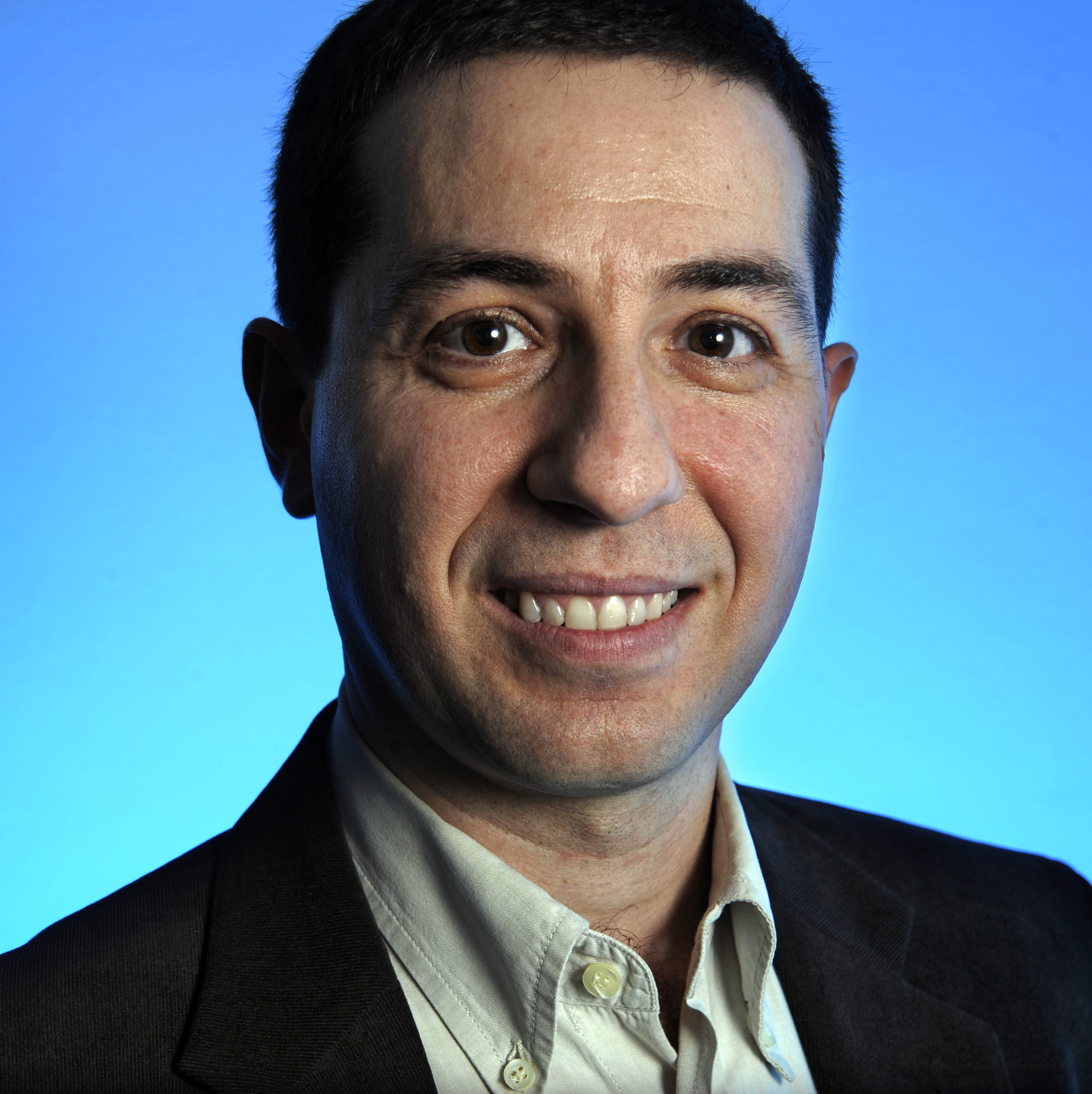
|
Abstract
Human perception is a highly non-linear process, influenced by many more factors that we can measure on a video streaming service. In fact, despite the tremendous advances in video coding, we still don’t understand the intricate relationship between a stream and its delivery systems. We have little clues as to how different network conditions actually affect the quality of a video service perceived by the end user. Today, the most predominant consumer of network capacity (video) transits through a ‘video-repellent’ network (the Internet), one that has no notion of data delivery deadlines. So what are we getting from modern video services? Can we manage the quality of user experience, instead of trying to monitor or control the quality of network services? In this talk I give a critical perspective on video quality, its measurement and optimization, ending up with a controversial proposition.
Biography
Prof. Antonio Liotta holds the Chair of Communication Network Protocols at the Eindhoven University of Technology, where he leads the Autonomic Networks team (http://bit.ly/autonomic_networks). Antonio is associate editor of the Journal of Network and System Management (Springer), and serves the editorial board of four more journals. During the last decade, he has investigated topical issues in the areas of network and service management and is currently studying cognitive systems in the context of optical, wireless and sensor networks. He has published several papers around the subjects of 'user-centric networking' and 'quality of experience management'. Antonio is the author of "Networks for Pervasive Services: six ways to upgrade the Internet" (Springer, 2011 http://bit.ly/pervasive-networks).

